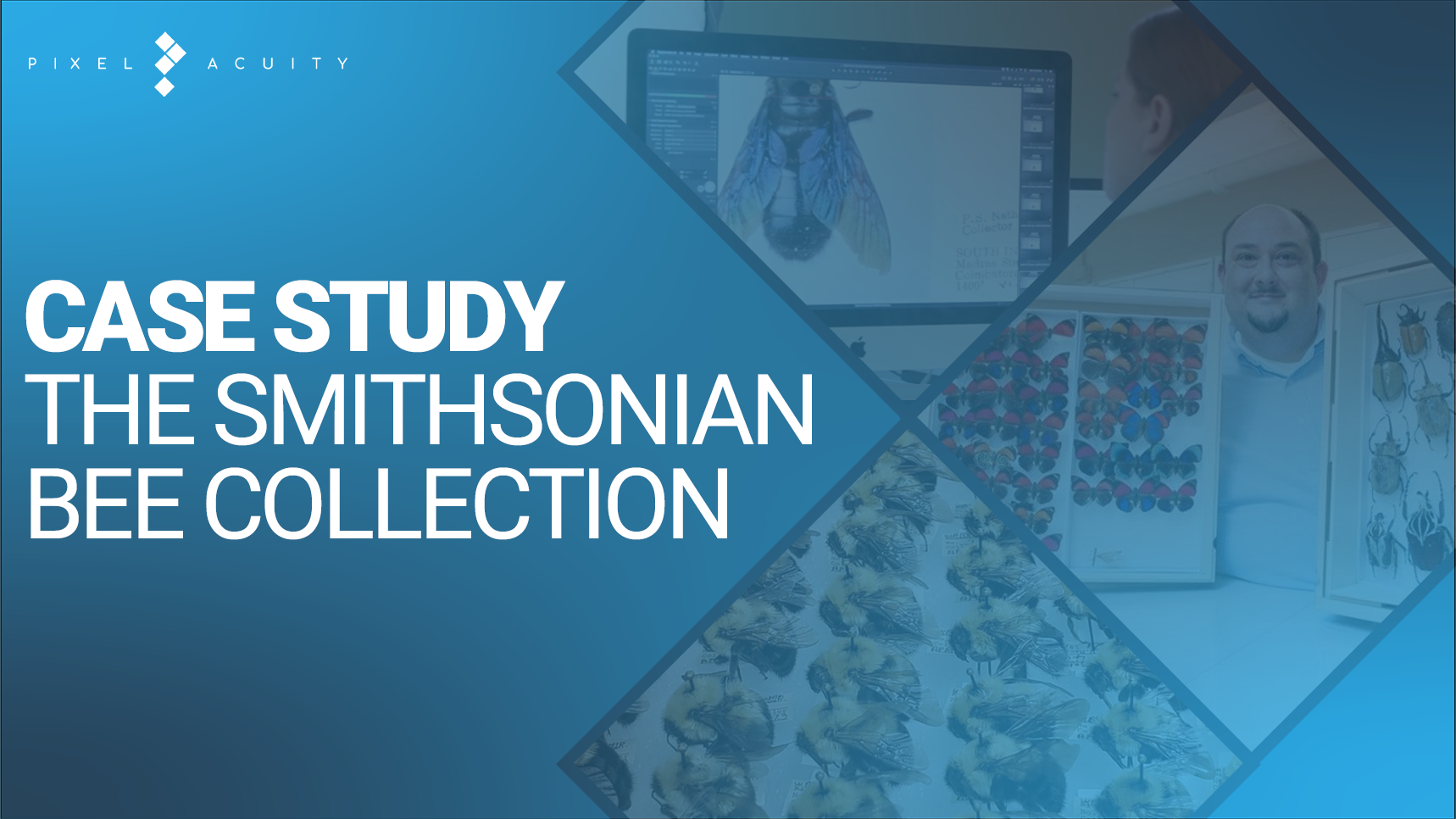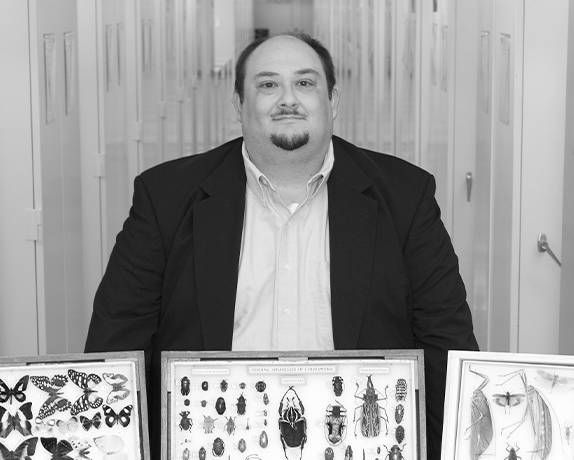april, 2021

Event Details
Challenges and Opportunities for Mass Digitization in Insects: A Case Study from the Smithsonian Bee Collection Physical handling workflows for natural history collections can present a unique challenge for mass digitization.
Event Details
Challenges and Opportunities for Mass Digitization in Insects: A Case Study from the Smithsonian Bee Collection
Physical handling workflows for natural history collections can present a unique challenge for mass digitization. Given the delicate nature of these collections, the handling workflows required, and the many different potential uses for the digital assets, collections such as these must be approached with careful care and consideration.
In 2014, the Department of Entomology at the National Museum of Natural History partnered with DT Heritage and the Smithsonian Digitization Program Office in their first attempt at a large-scale mass digitization effort focused on the bumble bee collection because of their importance and intense interest in the scientific community and the general public for native pollinators.
Based on issues identified during that first attempt, we modified workflows and built a more efficient “disassembly line” and subsequent “assembly line” to quickly process bee specimens but keeping everything organized when we revisited and completed digitization of the bumble bees in late 2019 and early 2020.
One of the challenges to mass digitization of insects and their labels is that unlike other disciplines where things are labeled in lots or labels are mounted flat next to the specimens (e.g., slides, botany sheets, etc.), individual insects are pinned and their labels are pinned directly below the specimens. The digitization consequences of that practice are that labels have to be carefully removed from the pins, the insect staged, the labels also staged (in order), images captured, and then the labels must be repinned in the same order they were removed and the bees put back in the exact same position in the exact same unit tray and drawer that they came from.
During this webinar, Dr. Shockley will discuss the lessons learned from the 2014 pilot study, the workflow and personnel required to improve the process, and how more than 30,000 bees were fully digitized in less than 6 weeks in 2019.
Why are projects like these important? Discover how digitization has enabled the public to access never-before-seen collections here.
All images used on this page are courtesy of the Department of Entomology at the National Museum of Natural History, Smithsonian Institution
Featured Speakers

Hannah Storch | Project Manager at DT Heritage
Hannah is a Project Manager with DT Heritage, specializing in cultural heritage digitization. After obtaining her B.A. in Classics and History from Grinnell College, Hannah attended Georgetown University, where she received her master’s degree in Art and Museum Studies. Her role at DT Heritage has enabled her to partner with institutions, embracing the opportunities that collection digitization brings to institutions and the communities they serve.

Floyd Shockley |Collections Manager at the Smithsonian Institution’s Department of Entomology
Dr. Floyd Shockley is the Collections Manager for the Department of Entomology at the National Museum of Natural History. In that capacity, he is responsible for all aspects of collection management, logistics, shipping, regulatory compliance, purchasing, property management and IPM for the National Insect Collection. He participates heavily in public outreach efforts for the Department and is the primary contact for media inquiries and the general public.
Replay Access and Disclaimers
Can’t make the scheduled time? No worries! If you’d still like to see the information go ahead and register for the webinar and you’ll receive an automated email from our webinar service with a replay link. If you don’t receive this email, check your spam, then contact us for help.
Disclaimer: The increased demand for web services may cause technical issues which can display as errors in audio and visual quality. We’ve tested our hardware and are doing our very best to provide you with the highest quality webinar experience. On your end, you can help improve the audiovisual quality of the live stream by hardwiring your system with an ethernet cable to a router or using high-speed wifi.
CLICK HERE TO REGISTER FOR THE WEBINAR
Time
(Thursday) 2:30 pm - 3:30 pm
